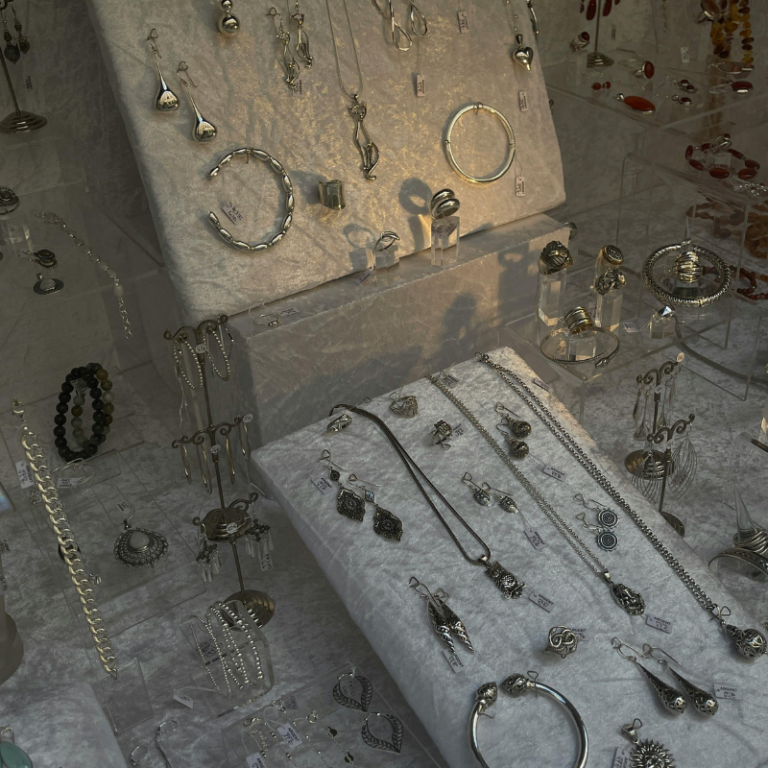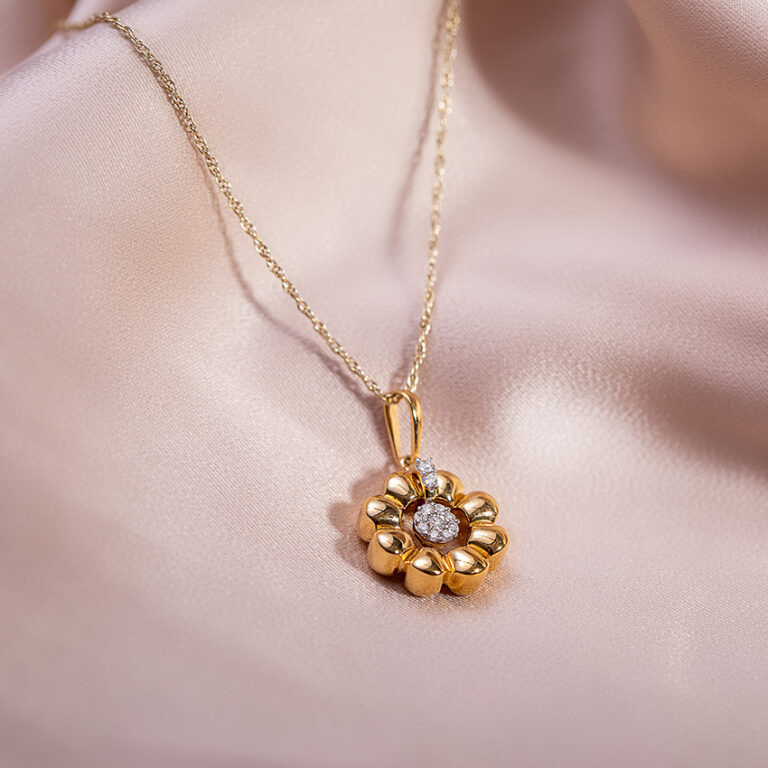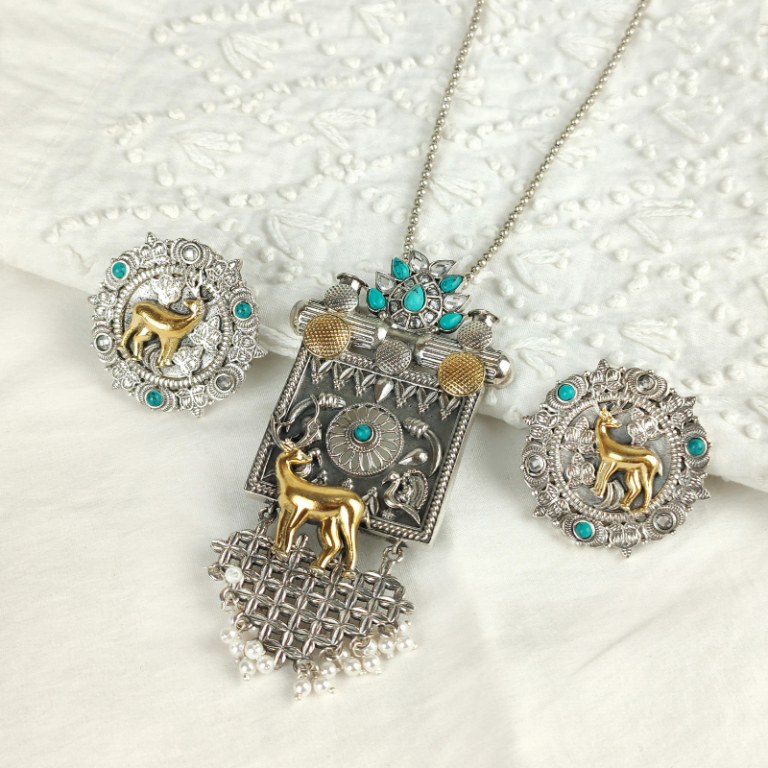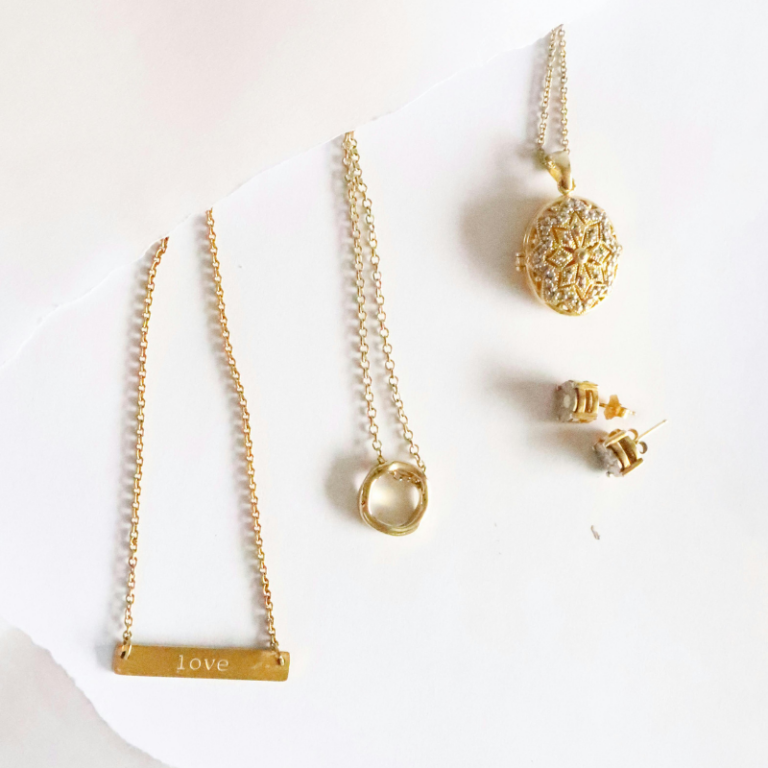Oxidized silver jewelry has gained immense popularity due to its antique and rustic appeal. However, with the market flooded with imitations, it is crucial to know how to identify pure oxidized silver jewellery to ensure quality and authenticity. In this blog, we will discuss the characteristics, tests, and expert tips to help you distinguish real oxidized silver from fake or impure alternatives.
What is Pure Oxidized Silver Jewellery?
Oxidized silver jewelry undergoes a controlled chemical process that darkens the metal, creating a vintage or antique finish. This oxidation process is achieved using sulfur or other agents, forming a layer of silver sulfide on the surface. Unlike traditional silver, oxidized silver does not require frequent polishing and offers a unique, artistic look. This process enhances intricate designs by adding contrast and depth, making oxidized silver jewelry a preferred choice for those who appreciate a vintage aesthetic.
Key Characteristics of Pure Oxidized Silver Jewelry
Darkened Surface Finish – Genuine oxidized silver jewelry has a deep, dark patina that enhances its intricate designs. The oxidation is not uniform and appears more pronounced in recessed areas.
925 Silver Stamp – Pure oxidized silver is typically crafted from sterling silver (92.5% pure silver), which is often marked with a ‘925’ stamp. Always check for this hallmark before making a purchase.
Cool to Touch – Real oxidized silver jewelry feels cool when touched due to its high metal density. This characteristic helps differentiate it from lightweight, lower-quality alternatives made of cheaper metals.
No Chipping or Peeling –Unlike plated or fake oxidized jewelry, genuine oxidized silver does not have a coating that peels or flakes off over time. The dark patina is formed through a chemical reaction rather than an applied coating, ensuring its durability.
How to Identify Pure Oxidized Silver Jewelry
1. The Magnet Test
Silver is a non-magnetic metal. If the jewelry piece sticks to a magnet, it likely contains other metals and is not pure oxidized silver.
2. The Rub Test
Gently rub the jewelry with a soft white cloth. If you notice black residue on the cloth, it indicates real silver as the oxidation layer naturally rubs off over time.
3. The Acid Test
Jewelry professionals use nitric acid to test for silver purity. When applied, real silver will turn creamy white, while fake silver may turn green or black.
4. The Ice Test
Silver has high thermal conductivity. Place an ice cube on the jewelry; if it melts rapidly, it suggests a high silver content.
5. The Smell Test
Real silver has no noticeable odor. If your jewelry emits a metallic or strong smell, it may contain other metals, indicating lower purity.
Expert Tips to Ensure Authenticity
- Buy from Reputable Sellers – Purchase oxidized silver jewelry from trusted jewelers or well-known e-commerce platforms.
- Ask for Certification – Genuine silver jewelry often comes with an authenticity certificate or hallmark.
- Check Customer Reviews – Read reviews and ratings before purchasing online to ensure product authenticity.
Final Thoughts
Identifying pure oxidized silver jewelry requires careful inspection and simple tests. By being aware of the key characteristics and performing basic authenticity checks, you can confidently invest in high-quality oxidized silver pieces. Whether you are a jewelry collector or a casual buyer, ensuring authenticity enhances the value and longevity of your jewelry collection.
Stay informed and shop wisely!







